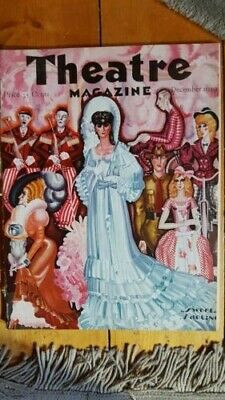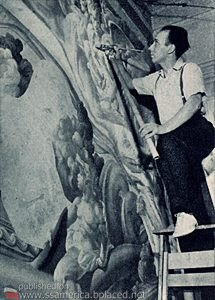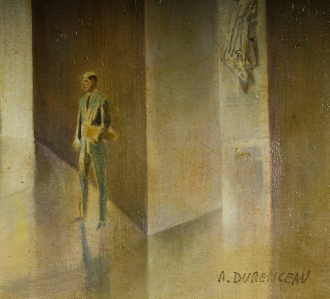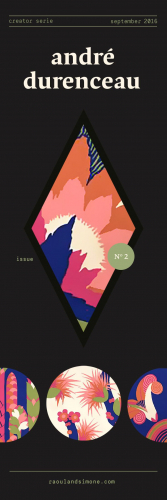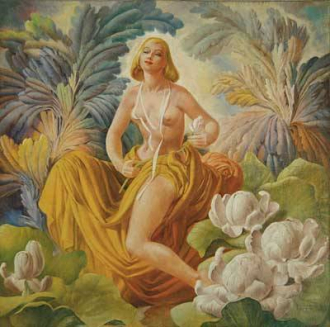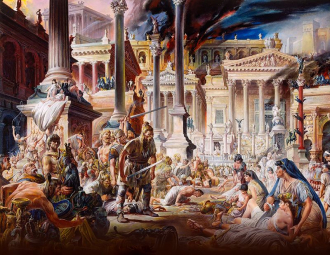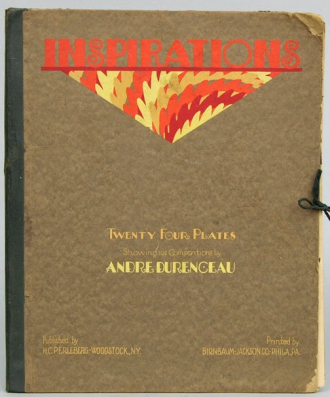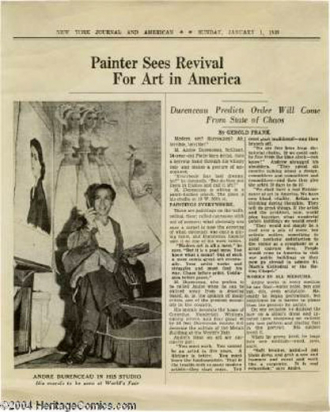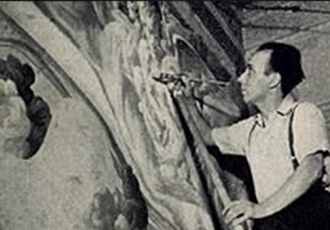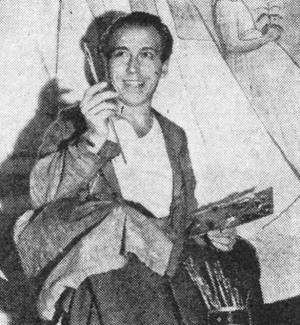Durenceau Family History & Genealogy
Durenceau Last Name History & Origin
AddHistory
We don't have any information on the history of the Durenceau name. Have information to share?
Name Origin
We don't have any information on the origins of the Durenceau name. Have information to share?
Spellings & Pronunciations
We don't have any alternate spellings or pronunciation information on the Durenceau name. Have information to share?
Nationality & Ethnicity
We don't have any information on the nationality / ethnicity of the Durenceau name. Have information to share?
Famous People named Durenceau
Are there famous people from the Durenceau family? Share their story.
Early Durenceaus
These are the earliest records we have of the Durenceau family.

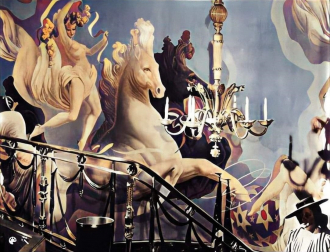
Durenceau Family Members
Durenceau Family Photos
Discover Durenceau family photos shared by the community. These photos contain people and places related to the Durenceau last name.


The Queens' colossus was the culmination of Howard Johnson's development from a simple beachside stand into the ultimate dining experience. Described as Colonial architecture, the monument to dining was decorated with Venetian blinds, crystal chandeliers made to order in Italy, elaborate murals, and exuded an overall expansive and impressive atmosphere of luxury.
Moreover, the palatial thousand-seat restaurant's main entryway was under a white-pillared portico which led into an elliptical hall of noble proportions. Within that entry-hall was a wide grand stairway which wound gracefully upward toward a great rose and gold crystal chandelier, and along the walls were striking murals painted by the celebrated colorist, Andre Durenceau.
Like the progress promised by the much-celebrated World's Fair, the Queens HoJo's pointed to a future that was not quite to be.
Photo: From Freezer to Fortune;
The Amazing Story of Howard Johnson's 1941
Business Week reported on June 19, 1943, that war-time gasoline rationing had taken its toll on Howard Johnson--Queens was among the three-quarters of Howard Johnson's Restaurants shuttered for the duration of the War. After the War Johnson decreed that there would be no more roadside cathedrals. Following the 20th century's greatest conflagration, Johnson completely refocused his orange roofed chain away from any pretense at luxury--its purpose would be to serve the burgeoning and increasingly mobile middle class of Americans providing them with an unprecedented standardized product and quality of service!

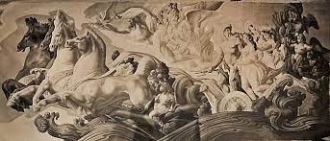
Mural aboard America in 1940.
This six-meter (20 feet)-wide mural is devoted entirely to the mythology of the seas. You can see the sea god Neptune and his wife Amphitrite riding over the waves in a chariot drawn by four horses. Several water nymphs (nereids) follow the quadriga in the background. Also seen are the four winds, which according to the legend, Neptune threatened after they attacked the fleet of Aeneas in the name of his sister Juno and thus put his absolute power into question.
The scenery is mostly done in red and silver and reflects the predominant colors chosen for the ballroom.
whereabouts of artwork: This mural was carelessly stored in 1941 after being removed from the ship during the USS West Point conversion. After the war it was in very bad condition and couldn't be restored. It was replaced in 1946 by the mural "The Circus" by Charles Baskerville.
"Abiquiu"- mural in 3. class lounge by Fremont F. Ellis.
Fremont F. Ellis, New Mexican artist, draws the inspiration for his mural in the 3. class lounge from his native Southwest. The canvas depicts the village of Abiquiu. It was originally founded by Spanish colonists, later occupied by the Ute tribe and rebuilt in 1754 by settlers.
whereabouts of artwork: Most likely removed in 1961 during the conversion of America in a two class ship. The 3. class lounge was converted into tourist class cinema.
New York Syline by Pierre Bourdelle.
A painting of the New York skyline by Pierre Bourdelle was decorating the foyer of the first class dining room on A-deck.
Unfortunately no photograph of this wall relief done in the same style as Bourdelle's work in the first class dining room could be found. The picture on the left is a greatly enlarged section of an image of the first class dining room on which parts of the wall relief are visible through the glass windows of the entrance doors. On the right side appears to be the stylized Empire State Building and through the left window you can see more skyscrapers and possibly the supporting cables of a bridge.
Nothing known about the whereabouts.
(If someone wants to share a better image of this artwork, I would be happy to replace it.)
Oil painting of the spanish settlement Abiquiu aboard America.
André Durenceau working on Neptun- mural.
about the artist: When André Maurice Durenceau (1904 - 1985) created his mural "Neptune" for the ballroom of America in late 1939, he was 34 years old and already at the peak of his career. In the same year he had already performed contract work for the World's Fair in New York.
Born in Auray (France) Durenceau emigrated to the United States when he was 24 years old. He earned his living as a color consultant for the then new Technicolor process for color films in Hollywood. During this time he was also hired for his first major commissions. Soon he was called "the best contemporary muralist of the century" in distinguished art circles. His use of color and shapes was very courageous and open-minded. He himself didn't think of his talent as a miracle but as the product of hard work. Durenceau as quoted in a newspaper article: "You must work. You cannot be an artist in five years. A lifetime is better. You must know the fundamentals. That is the trouble with so many modern artists- they start crazy. You must start traditional- and then branch off. [...] Modern art is all a mess. But it is a good mess. You know what I mean?"

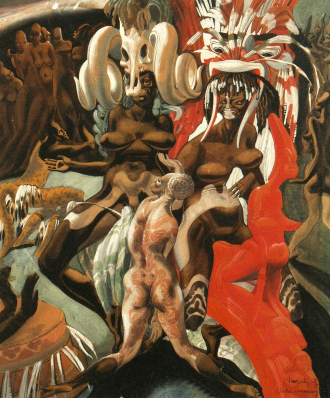
A kinetic and surrealist hypnotic work showing an African Fertility Dance that has a similar aesthetic to the covers the artist was creating for the American Weekly magazine in the 1940s. This could have been a proposed illustration for the title, but the overt eroticism of the scene makes us think it was likely a separate commission for a more niche market. Inscribed Property of Andre Durenceau lower right; a jarring work by one of our favorite avant-garde art deco era illustrators. Nicely matted and framed behind glass in a period frame.
Andre Durenceau was born in Auray, France on June 1, 1904, and later became a resident of Los Angeles in the early 1930s, where he painted a mural of Samson and Delilah in the Leimert Theater and worked in the art department of Technicolor Studios. Primarily known as a painter and muralist, Andre Durenceau created murals for The New York World's Fair of 1939. His artistic oeuvre has spanned many years and many illustrations, and his work that survives is highly prized. Many consider him to be one of the greatest muralists of all time.
Sight Size 17" x 20 1/2" Framed 25" x 28 1/2"
Read Less


Reader’s Digest front and back cover, May 1966 Illustration: “Ponies of the Deep” by Andre Durenceau Andre Maurice Durenceau (1904-1985) was a French-born U.S. citizen who was a painter and muralist. He designed textiles for the United Piece Dye Works in Manhattan. At this job he met Mrs. Kay Kaplan, also a designer. In Hollywood, he was given a job as color adviser to Technicolor Inc. Mrs. Kaplan also went to Hollywood (she was persuaded by Durenceau she would be a more successful manager than artist). Her first job as manager was to get commissions to decorate Hollywood homes. He painted murals of horses and gazelles for William Haines, a mural for Leila Hyams, decorated pianos for Joan Crawford, Lionel Barrymore, Lilyan Tashman. He even illustrated Oscar Wilde’s Selfish Giant and an Anthology of Immoral Poems for the Walpole Press. One Sunday, he decided to sculpt. He lacked materials, but that didn’t stop him. He made a statue from coat hangers, the hinges of an ironing board, and some mud. His ambition was to give California an open-air windowless architecture. Tags: Reader's Digest Andre Durenceau magazine cover illustration. Illustrator May 1966 Ponies of the Deep Sea

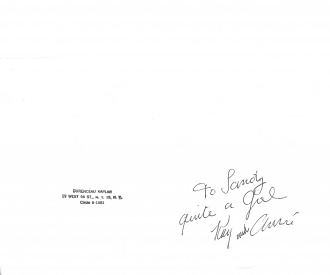

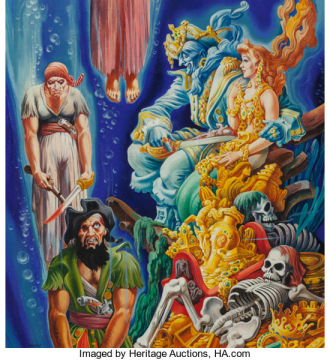

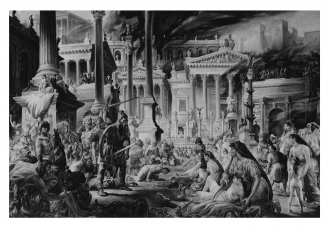
Durenceau Family Tree
Discover the most common names, oldest records and life expectancy of people with the last name Durenceau.
Updated Durenceau Biographies


Popular Durenceau Biographies


Durenceau Death Records & Life Expectancy
The average age of a Durenceau family member is 84.0 years old according to our database of 3 people with the last name Durenceau that have a birth and death date listed.
Life Expectancy
Oldest Durenceaus
These are the longest-lived members of the Durenceau family on AncientFaces.


Other Durenceau Records
Share memories about your Durenceau family
Leave comments and ask questions related to the Durenceau family.
Followers & Sources

